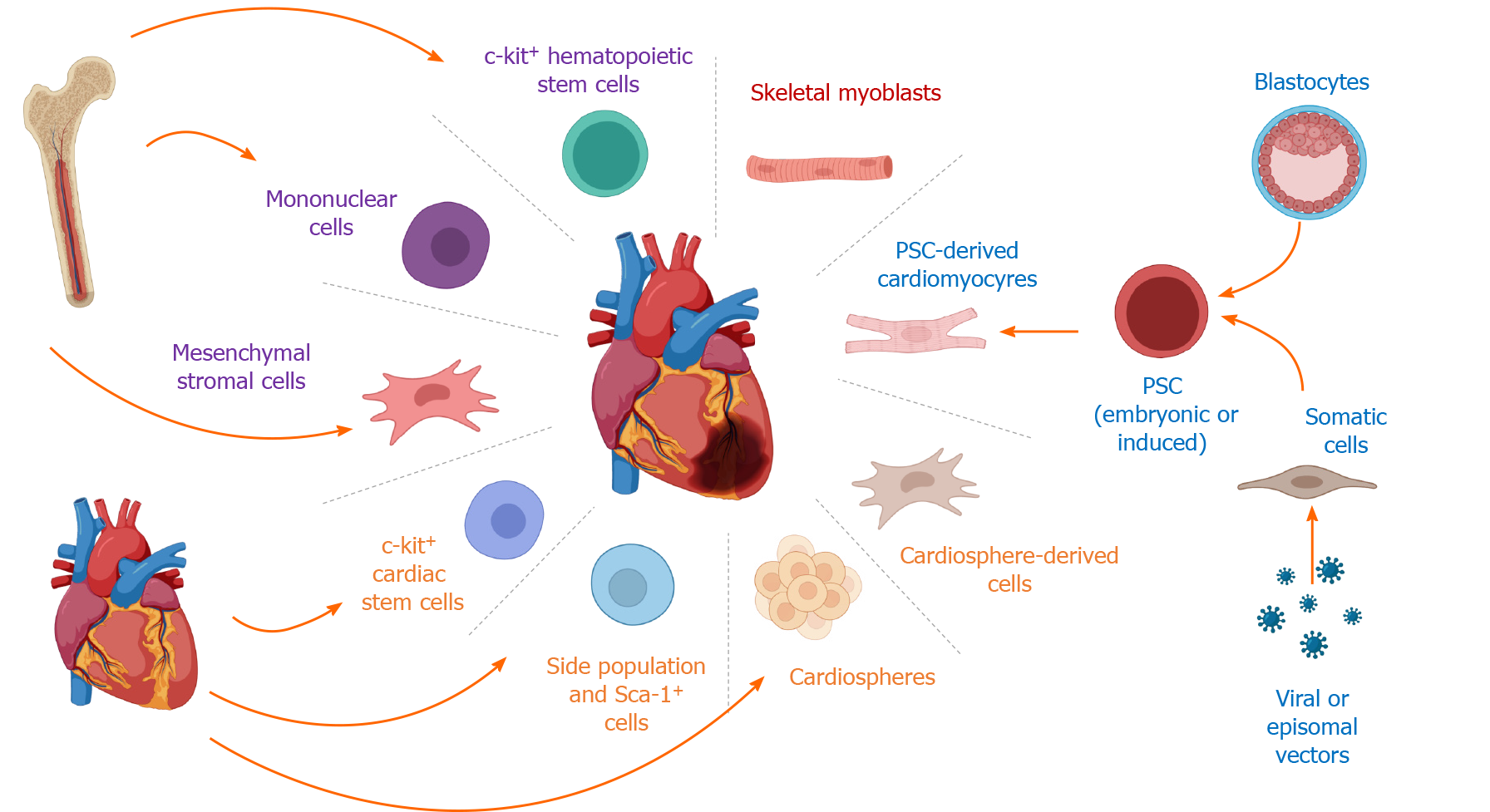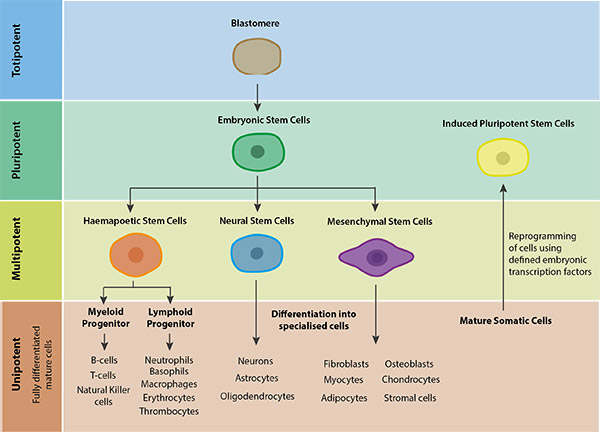Table of Contents
Damages to the heart muscular tissue from reduced blood flow. Compromising of the heart muscle. Standard therapies handle signs and slow illness progression yet seldom address the root issuedamaged heart tissue. This is where uses brand-new hope, targeting the underlying damage and advertising long-term repair work. stand for an innovative action in treating heart diseases.

At, we prioritize a tailored approach to. Our procedure consists of: We begin by completely examining each patient's case history, existing heart feature, and general health and wellness. This consists of innovative analysis imaging and screening to identify the extent of heart damage. Our group establishes a tailored plan using, fairly sourced and ready for ideal efficiency.
Numerous individuals report less tiredness, boosted breathing, and better physical endurance. By resolving the origin causes, stem cell therapy reduces the danger of future heart events.
We incorporate stem cell treatment with corresponding therapies for thorough cardiac treatment. Every treatment plan is tailored to deal with the unique needs of each individual. Among one of the most typical questions we receive is, While no treatment can assure complete turnaround, have actually shown considerable capacity to fix broken cells, minimize inflammation, and boost overall heart feature.
Breakthroughs in stem cell therapy for High Blood Pressure explained
Cardiovascular disease is a leading root cause of in the United States and worldwide. In the United States alone, practically 1 million individuals died because of cardiovascular illness in 2021 (one of the most current year for this information). Globally, that number increases to 17.9 million every year. For numerous individuals, traditional treatments provide hope and aid.
Today, researchers focus on 2 main kinds of stem cells: adult stem cells and embryonic stem cells. Adult stem cells commonly come from bone marrow, fat cells, or even directly from the heart.
Grown-up stem cells are likewise simpler to accumulate and have fewer ethical concerns. There's a downside. They're not as versatile as beginning stem cells. They aren't as able to turn into various kinds of cells, which can limit efficiency when it involves cells fixing. Beginning stem cells can turn into any kind of kind of cell, consisting of heart cells.

There are some honest discussions around their use, as they're derived from early-stage embryos. Plus, there's a higher threat of immune rejection since they're not from your very own body. One more worry is the possibility of forming lumps if these cells don't separate correctly after implantation. The big question is, does stem cell treatment really benefit heart repair? The brief solution is that it has a whole lot of possibility, but it's still a creating area.
However, research outcomes are blended. While some patients see substantial benefits, others do not see much improvement whatsoever. Researchers are still figuring out the most effective methods to provide the cells, guarantee they survive when inside the body, and ensure they integrate appropriately with existing heart tissue. One of the most significant difficulties is cell survival and assimilation after implantation.
Is stem cell therapy right for Arrhythmias with stem cells?
Also less manage to incorporate into the existing heart tissue. For the treatment to be effective, the brand-new cells need to get in touch with the old ones and start operating as part of the heart muscle. Yet obtaining them to do that is difficult. Issues like inflammation, immune being rejected, and the severe environment of a broken heart can all create troubles.
It's one point to get stem cell therapy to operate in a lab or a tiny clinical trial; it's an additional to make it readily available widespread. Producing, keeping, and supplying stem cells securely and effectively is logistically challenging at finest. Stem cell therapy is very promising, but it's not without disadvantages.
This is more of a worry about beginning stem cells, yet it exists despite grown-up cells. One more disadvantage is the expense. Stem cell therapy is pricey, partly as a result of the complexity of harvesting, growing, and providing the cells. Due to that price and the treatment's speculative nature, numerous insurance provider will not cover it.
In the last numerous years, there has been a significant improvement in stem cell treatment for heart disease. Can stem cell therapy cure heart disease? No, but used with your current cardiovascular disease routine, it can improve your heart health and lifestyle. Worldwide sixty-four million individuals are affected by cardiac arrest.
Inside look at stem cell therapy and High Blood Pressure
Medical professionals deal with heart failure symptoms in hopes of enhancing the person's quality of life and stopping additional issues. Drugs like diuretics (to get rid of the fluid in the body), Beta-Blockers (decreasing the force of the blood flow and slowing down the heartbeat to lower high blood pressure), and ACE Preventions (lower high blood pressure by unwinding the veins and arteries) are used to treat the signs of cardiovascular disease.
These need an operation and a recovery time of approximately six weeks. While existing treatments manage the symptoms of heart disease, they do not fix tissue damage or recover the heart's feature. There is no remedy for heart disease. The concern stays, can stem cells heal cardiovascular disease? Stem cells can't treat cardiovascular disease, however they can revitalize the heart muscular tissue and enhance the ejection fraction (the amount of blood the heart pumps with each beat) on the heart's left side.
Navigation
Latest Posts
Understanding how stem cells help with Heart Failure
Innovative approach to Atherosclerosis using stem cells
Is stem cell therapy for Heart Disease and what patients are saying